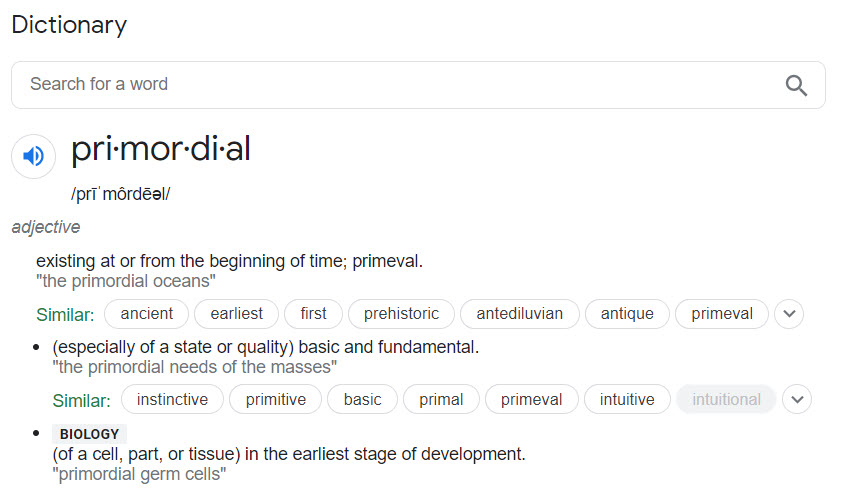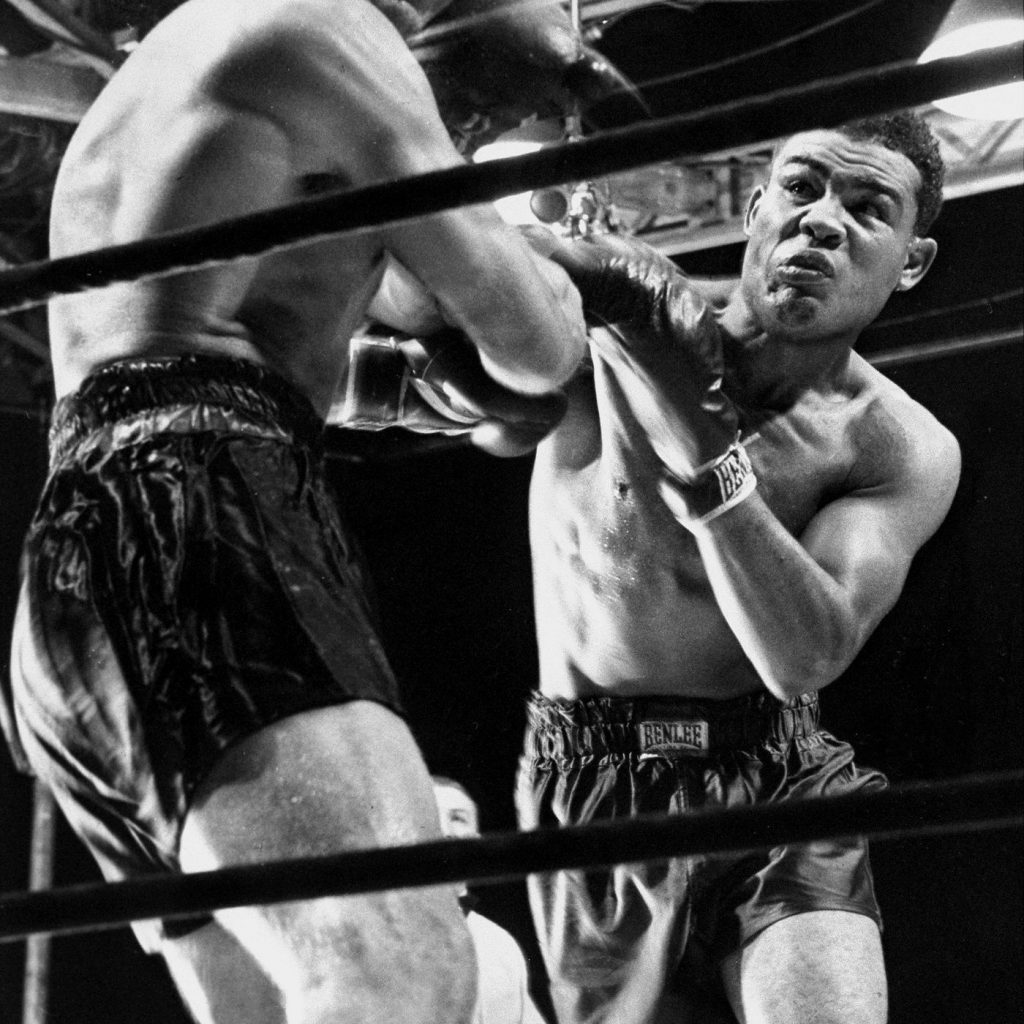Branding Blasphemy.
 One of my misgivings about the practice of brand strategy is that it’s often confined to the marketing department. That is, it’s not really shared with and enculturated into the rest of the company — as if it were some secret sauce.
One of my misgivings about the practice of brand strategy is that it’s often confined to the marketing department. That is, it’s not really shared with and enculturated into the rest of the company — as if it were some secret sauce.
It’s branding blasphemy.
Everyone in a company needs to understand the brand claim and brand proof planks. They needn’t speak of claim and proof – that may be too much brand-o-babble – but they must certainly be able to articulate the key salient brand values.
The best brands convey those values clearly to consumers. And the fastest way to do that is through full company buy-in. Advertising alone should not be the conduit. When company employees are living and breathing the values, brands soar.
The CFO of one of my previous companies explained it perfectly. “Every night walking to your car, employees should ask themselves, what did I do today to insert brand claim here.” If only a handful of employees from the marketing dept. are asking that question, the army isn’t working together.
One way to insure all employees are working the strategy is to create policies, procedures and practices to educate company cohorts. (While at McCann-Erickson back in the day, we only drank Coca-Cola. Pepsi wasn’t allowed on prem.) I’m borrowing these 3 Ps from my colleague Aisha Adams, a world class Diversity, Equity and Inclusion advocate. Theory is great. Action better.
Peace.







